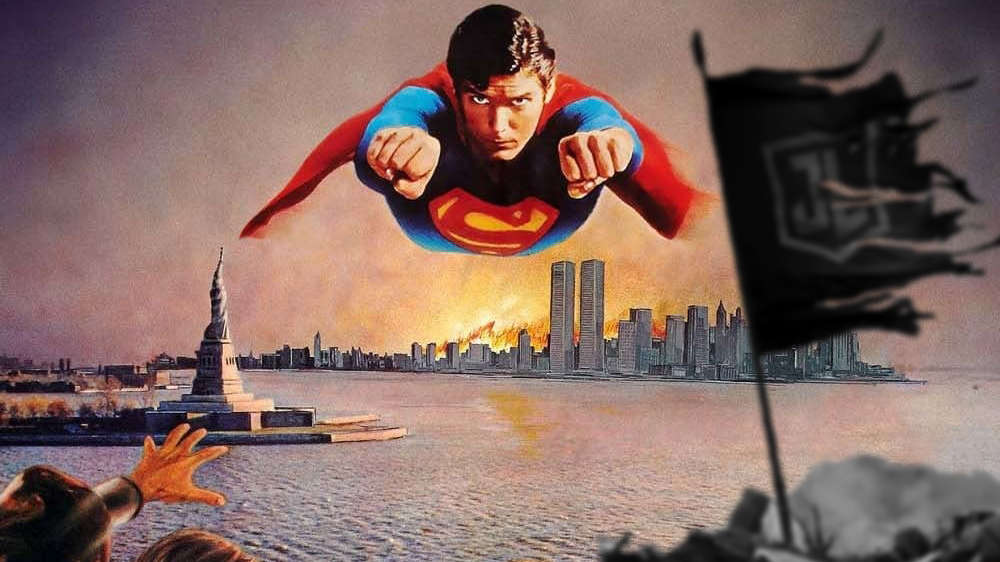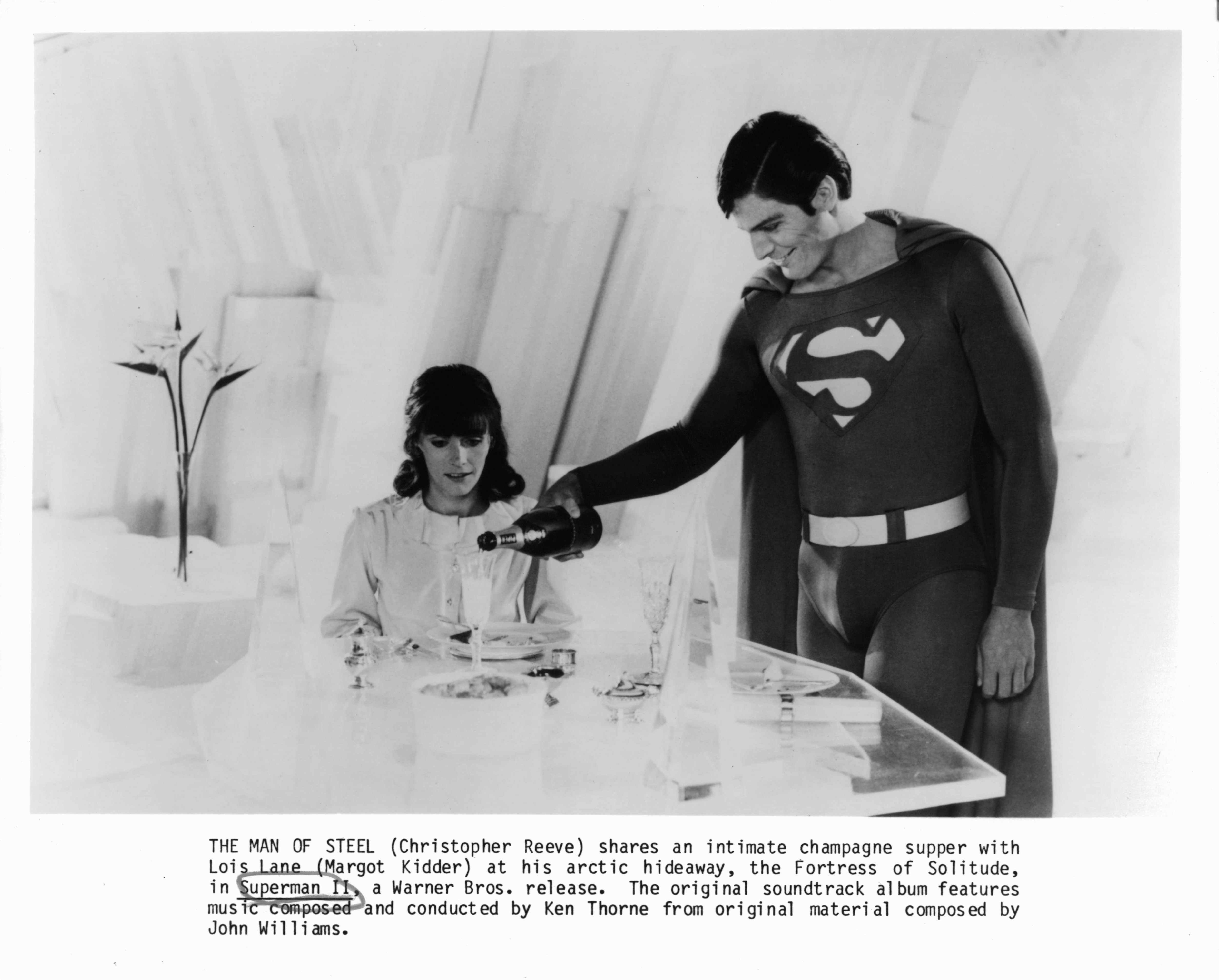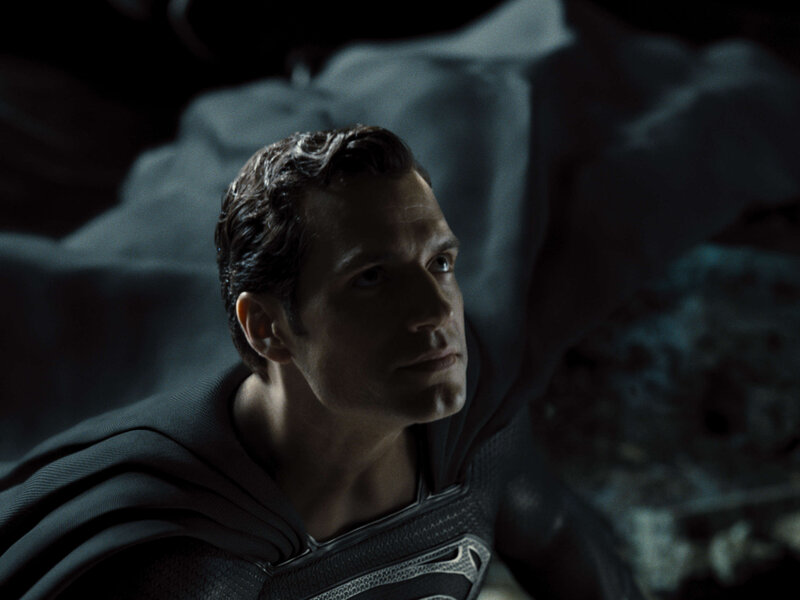Create a free profile to get unlimited access to exclusive videos, sweepstakes, and more!
How Superman II's embattled 'Donner Cut' set the stage for Justice League's Snyder Cut

Despite being separated by nearly 40 years of comic book movies, the productions of Superman II and Justice League have much in common. Both were high-profile, big-budget DC/Warner Bros. projects that came down with strong cases of creative differences that resulted in the replacement of their respective directors: Richard Donner and Zack Snyder. Both films hit theaters with compromised visions and varying degrees of box office and critical success, with rumors and reports of mythic “director’s cuts'' from Donner and Snyder waiting in the wings. Audiences may never have seen either if it wasn’t for fans’ passionate outcry and Warner Bros. accountants’ abilities to see a way to turn fan pleas into revenue.
While the Snyder Cut had to wait four years to finally be realized, it took 25 years for Superman II: The Donner Cut to get the same treatment. In doing so, the Donner Cut was arguably the “OG” Snyder Cut; a trial run that — for better or worse — set a precedent for fan-led campaigns that set the stage of an (at best) aggressive breed of fandom to help Snyder’s take on Superman and the rest of the Justice League defy the Anti-Life equation that is Development Hell. In honor of Superman II’s 40th anniversary this week, here’s a look at how that film’s troubled production and pop-culture legacy paved the way for another Man of Steel to find a second chance.
The Donner Cut’s origin story is one full of conflict and struggle that rivals that of Superman’s. Donner, hot off the success of 1976’s The Omen, was hired to direct Superman: The Movie by father and son producers Ilya and Alexander Salkind, the famously cheap and infamously combative producers behind the first four Superman movies starring Christopher Reeve. The plan was for Donner to direct Superman and its sequel back-to-back, a prospect that was unheard of, and very expensive, at the time. With a budget of $55 million, the 2021 equivalent of $250 million, Superman: The Movie went into production as the most expensive film ever made at the time — and with that distinction (and all those zeroes) came 250 million headaches.
Creative differences soon went viral; the producers accused Donner of going over budget while shooting footage for both Superman movies; Donner claimed he was never given a final budget to follow. Eventually, the Salkinds maneuvered to replace Donner mid-production with a filmmaker they worked with on The Three Musketeers, Richard Lester. At that point, Lester was brought on solely as an uncredited producer and as someone the Salkinds tasked with directing second-unit. Lester also had the unfortunate role of being a middleman between Donner and the Salkinds, as their relationship had reached the point where the creatives were not speaking to each other.
As tensions got hotter than a blast of Supes’ heat vision, Donner shifted his attention to supervising the completion of the first film, while Lester would eventually become Superman II’s official director and end up shooting the rest of the film in 1980, following protracted contractual, schedule, and legal issues that delayed production. Most reports claim that Donner shot somewhere between 50 and 70 percent of Superman II before he was replaced. Regardless, the future Lethal Weapon director would never get to finish the sequel he started.
That is, until 2004.
Following the DVD success of 2001’s Superman: The Movie Director’s Cut, which featured restored footage of the film from network television airings in the ‘80s, Warner Bros. saw an opportunity to give Donner’s Superman II a similar treatment. Donner provided significant input on the 2001 cut of Superman, but, at the time, he wanted nothing to do with working on a new version of Superman II. But thanks to the internet giving a voice to fans that they otherwise wouldn’t have had back in Donner’s day, combined with the recent box office success of comic book movies like 2000’s Donner-produced X-Men and Sam Raimi’s 2002 Spider-Man, the filmmaker eventually changed his tune.
One of two key factors that brought Donner around was a May 2004 letter-writing campaign that started on the blog The Forbidden Zone. Fansites were the new watercooler at the time, and they didn’t have Twitter and its hashtags to push and force their agenda into being the way #Releasethesnydercut fans did. So Forbidden Zone rallied the Donner Cut base to send a volley of letters to WB, all at once, on June 19: Superman II’s release date. Their goal was to convince WB and Donner to release the cut in time for Superman II’s 25th anniversary, just as bootleg versions of the movie were making the rounds online and at conventions. Their letter campaign worked. But not immediately.
“Warner Home Video is supportive of an extended version of Superman II on DVD,” Jim Cardwell, then-president of Warner Home Video, said as he responded to fans in the summer of 2004. “However, there are complex legal and creative issues that need to be resolved before the film can be re-released. Warner Home Video is presently addressing these issues.” The legal issues Cardwell referred to involved likeness rights stemming from Marlon Brando’s estate and his complicated involvement as Jor-El in Superman: The Movie. Soon after the release of the 1978 film, and its record-breaking box office, Brando sued the production and the producers over back-end profit participation points that led to Lester being unable to use Brando’s performance in Superman II. (That’s why Kal-El’s mom, Lara, played by Samantha York, addresses and tutors her son in the Fortress of Solitude instead of her husband).
By the time Superman Returns was greenlit circa 2004, Warner Bros. was able to resolve its legal issues with Brando’s estate to allow the late actor’s likeness and voice to be used in the Brandon Routh-starring rebootquel — which made it possible for The Donner Cut to get the same treatment. With the red tape out of the way, work began in earnest on the much-anticipated, direct-to-DVD release of Donner’s original Superman II.
The person largely responsible for that work was the second factor behind securing Donner’s involvement: Michael Thau. Donner previously worked with Thau, his then-assistant on The Goonies, on the first two Lethal Weapon films and on the 2001 DVD restoration of Superman. Thau discovered palettes of footage in England that he used to help assemble the 2001 restoration; his success there led Warner Bros. to invite him to work on Superman II. Thau’s relationship with Donner, coupled with fan outreach reaching fever pitch in 2005, made it hard for Donner to stay on the sidelines. Harder still would be tracking down the missing footage for this project.
Like The Snyder Cut, a completed Donner Cut did not exist. Both cuts required extensive prep and work in post-production to create a product worth fans’ time and money. (YMMV on whether or not either alternate version of the films’ fully delivered on either of those.
Unlike Snyder, Donner was unable to shoot new footage with his still-alive cast members because too much time had passed between the original shoot and 2006. The project lived and died in an extensive post-production endeavor, with Thau facilitating that process with Donner’s notes and feedback. After Thau spent months once again sorting through and assembling reels of footage, while also consulting continuity documents from the original production, Superman II: The Donner Cut was released in November 2006.
Fans watched a mostly new cut of the sequel made from the original negative, one that omitted most of Lester’s more tongue-in-cheek humor and logic-be-damned action scenes (like Superman removing a cellophane “S” from his chest to entrap the villainous Non). The Donner Cut featured alternate takes that the director shot during his original tenure with the film, as well as very low-budget digital special effects completed especially for this film that don’t quite hold up. (Especially the new-ish version of General Zod and his crew escaping the confines of their glass-like, Phantom Zone prison.) Thau and Donner even used footage from Reeve and Margot Kidder’s screen tests for a scene Donner was unable to film. The end result mixed in some footage from the theatrical release as well, to tell a story about Superman battling the infamous Kryptonian criminals led by Zod while also struggling with the consequences of being a superpowered being in love with Kidder’s Lois Lane — a mortal woman.
The broad strokes of both versions of Superman II remain largely the same, but The Donner Cut departs drastically from the theatrical in both the opening and climactic scenes. Gone from the Donner Cut is Lester’s opening sequence where Lois shows up in Paris, in the middle of a terrorist plot involving a nuke at the Eiffel Tower. Also gone is that nuke being the reason why Zod and his lackeys escape the Phantom Zone. Instead, one of the nuclear missiles from Superman: The Movie that Superman diverts to space detonates and frees Zod and his compatriots.
After Superman uses the Fortress’ powers to deprive Zod and crew of theirs, the Donner Cut ends the same way that Superman: The Movie did, with Supes turning back time by changing the rotation of the earth. (This whimsical sequence was originally planned to end Superman II, because, at the time, the first film lacked an ending that the creatives could agree on.)
For completists, the wait for The Donner Cut was worth it. The end result inspired a similar but different experiment that paid off for Snyder in March 2021, with the HBO Max release of his definitive take on Justice League. The fervor that finally brought his JL to life, with impressive and costly CG effects, set a precedent on par with the one fans established with The Donner Cut. But fandom and how they engaged with the properties they were fans of were much different in the early aughts than in the 2010s, especially within the last three years when Snyder Cut enthusiasts took very vocal stances to will a movie into existence that didn’t exist in the form they thought it did.
Snyder Cut fans believed, at least initially, that the Justice League filmmaker just had a complete cut of the film sitting in film cans or on hard drives, with Snyder’s own social media posts at times helping fuel that myth. With social media being a door that swings both ways, the engagement between fans of movies and the filmmakers behind those movies allowed for a type of conversation online that was not an option for Donner Cut’s fanbase.
What The Donner Cut supporters lacked in social media means they more than made up for with passion. And without resorting to any online behaviors that could resemble bullying or trolling. Instead, they let their enthusiasm for a beloved film pave the way for its original director to see his vision realized almost 30 years after he thought it would never see the light. And, if Zack Snyder's Justice League is anything to go by, it started something of a trend.




























